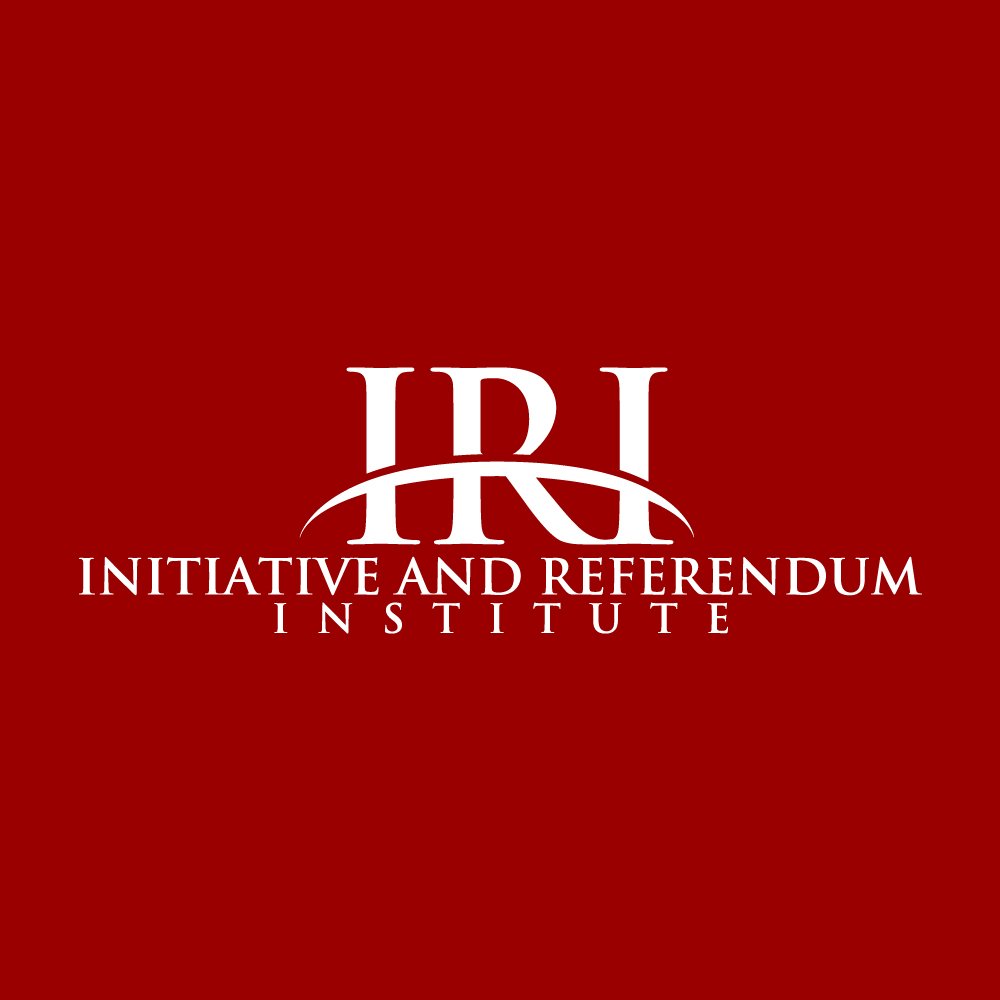Colorado
The effort for I&R in Colorado was started by Dr. Persifor M. Cooke of Denver in the mid-1890s. As secretary and president of the Colorado Direct Legislation League, Cooke and constitutional lawyer J. Warner Mills of Denver fought for I&R from 1900 until 1910, when Governor John F. Shafroth called a special session of the legislature to consider the issue. The constitutional amendments that were passed provided for initiative, referendum, and recall on both state and local levels.
Coloradans set their state's record for initiative use the first year it was available, in 1912, by putting 22 initiatives and 6 popular referendums on the ballot. Eight of the initiatives passed and challenges to legislatively approved laws were sustained in 5 of the 6 cases. Among these were laws or amendments establishing an eight-hour work day for workers employed in "underground mines, smelters, mills and coke ovens"; giving women workers an eight-hour day; providing pensions for orphans and for widows with children; establishing juvenile courts in major cities and counties; and granting home rule to cities and towns.
Over the years Colorado voters proved sympathetic to the needs of the aged and infirm, approving initiatives providing for the treatment of mental illness in 1916 and 1920, relief for blind adults in 1918, pensions for the aged and for indigent tuberculosis sufferers in 1936, and increased pensions adjusted for inflation in 1956. Colorado voters also remained friendly to organized labor, approving an initiative statute changing the workmen's compensation law to benefit employees in 1936 and defeating an employer-backed "Right to Work" initiative in 1958.
In the early 1970s, Coloradans passed environmentalist-backed initiatives to keep the Winter Olympics from being held in their state (1972) and prohibit underground nuclear explosions except with prior voter approval (1974). Richard Lamm, an obscure state legislator when he sponsored the anti-Olympics initiative, gained sufficient prestige from his leadership of this campaign to later win election as governor.
In 1984 Colorado became the first state to pass an initiative banning the use of state funds for abortion (the second was Arkansas, in 1988). Voters approved the measure by a single percentage point. Less controversial and more popular was the 1984 "Motor Voter" initiative, which set up a system of voter registration at driver's licensing bureaus. This highly successful program increased the number of registered voters in Colorado by 12.4 percent in the 15 months from July 1985 to October 1986.
Hostility to the initiative process by the political establishment manifested itself in the 1976 election with a "No on Everything" campaign that outspent proponents with over 91% of all funds expended. The election was followed by a series of legislative efforts to restrict use of the initiative. Notorious for exceeding the "reasonable regulation" guideline, Federal Courts have struck down more of Colorado initiative restrictions than any other state. Those most famous are Meyer v. Grant in 1986 and Buckley v. ACLF in 1999 - both went all the way to the U.S. Supreme Court.
Colorado is recognized for having spawned the term limits movement in 1990. Other states had term limits initiatives in 1990 and in previous years. State Senator Terry Considine, frustrated that his peers would not consider his term limits bill, became an activist and drove the term limits law to fruition with a 71% favorable vote. Colorado's initiative was unique in that it also sought to limit members of Congress. Large numbers of states approved term limits for members of Congress in subsequent elections. Colorado passed additional term limits initiatives in 1994, 1996, and 1998.
Coloradans would have preferred that their elected officials exercise self-restraint with taxation. Tax limit initiatives succeeded in making it to the ballot in 1966, 1972, 1976, 1978, 1986, 1988, 1990, and 1992, but failed at the ballot box until 1992. The 1992 effort sponsored by tax activist Douglas Bruce and dubbed the Taxpayer's Bill of Rights (TABOR), helped to revitalize the lagging taxpayer revolt begun in 1978 when Proposition 13 was approved in California. Recent use of the initiative peaked in 1992 with 10 initiatives on the ballot. Since 1992, use has been flat with a slight downward trend to 6 in 2000. Average is 8 per 2 year election cycle over the high use decade of the 1990s. Initiatives are blamed for long ballots, yet state issues referred to the ballot by the General Assembly generally equal the number of initiatives. Other issues referred to the ballot by local governments result in several times more referred measures than initiatives.
See David Schmidt, Citizen Lawmakers: The Ballot Initiative Revolution (Temple University Press, 1989).
